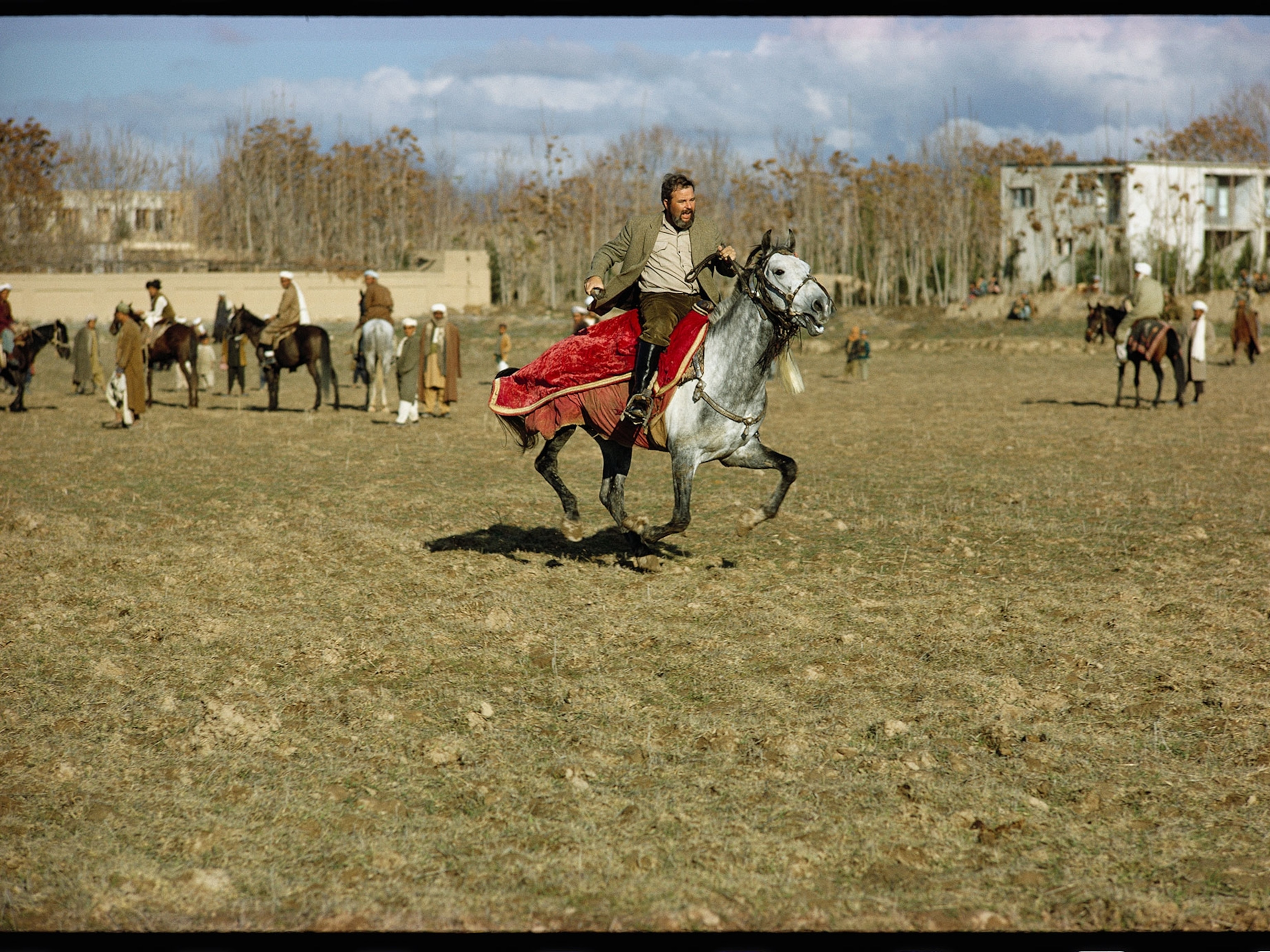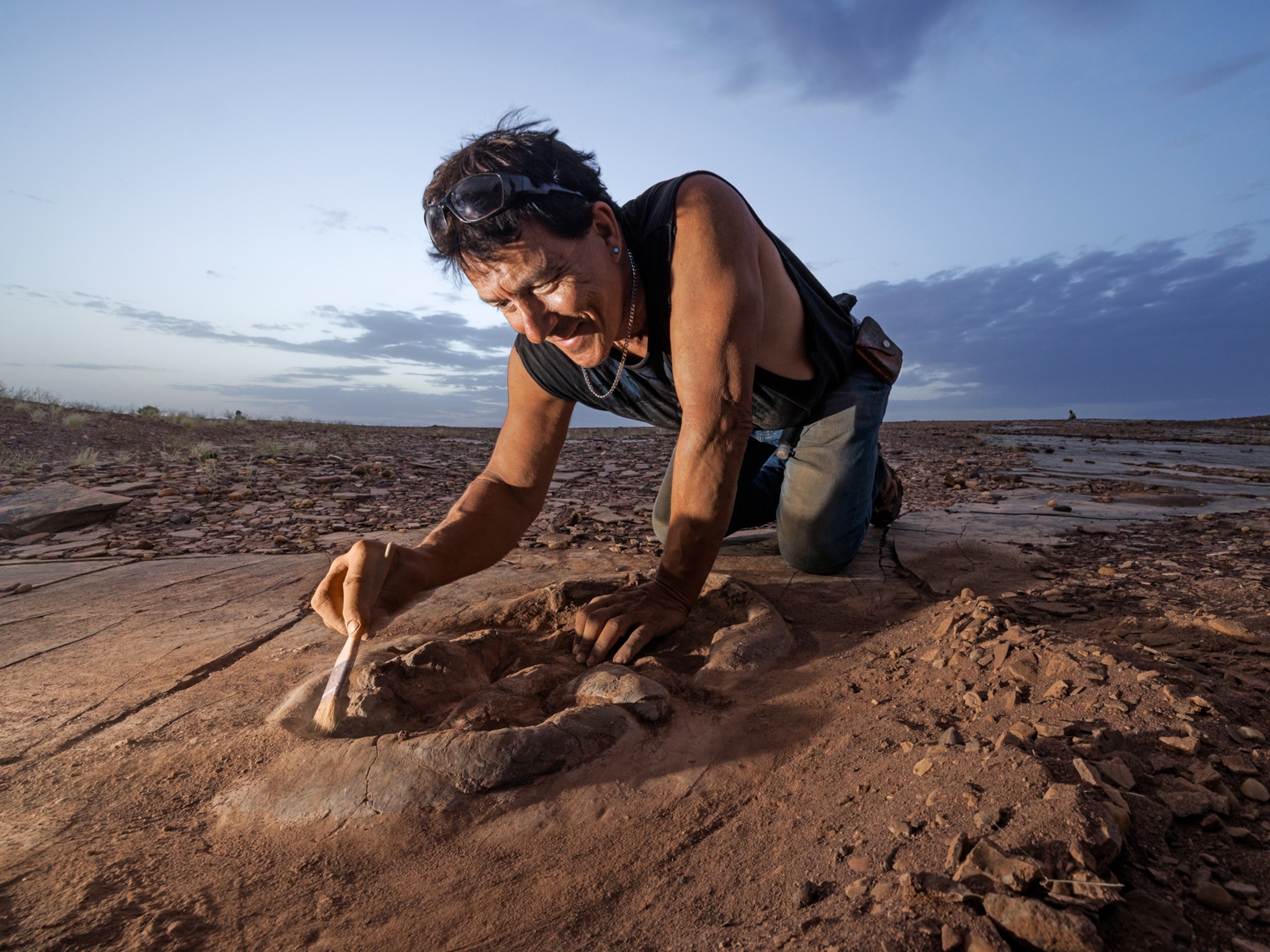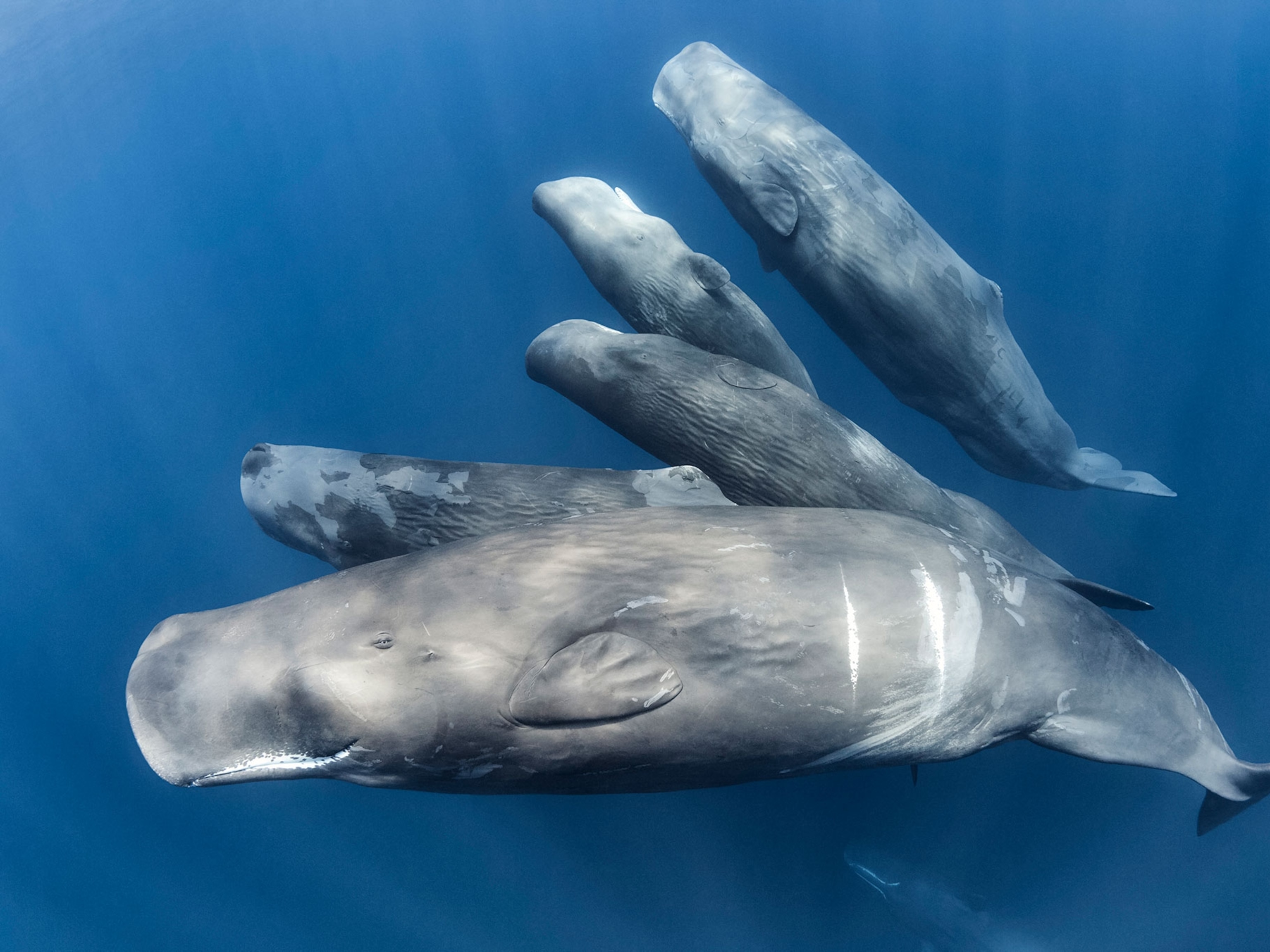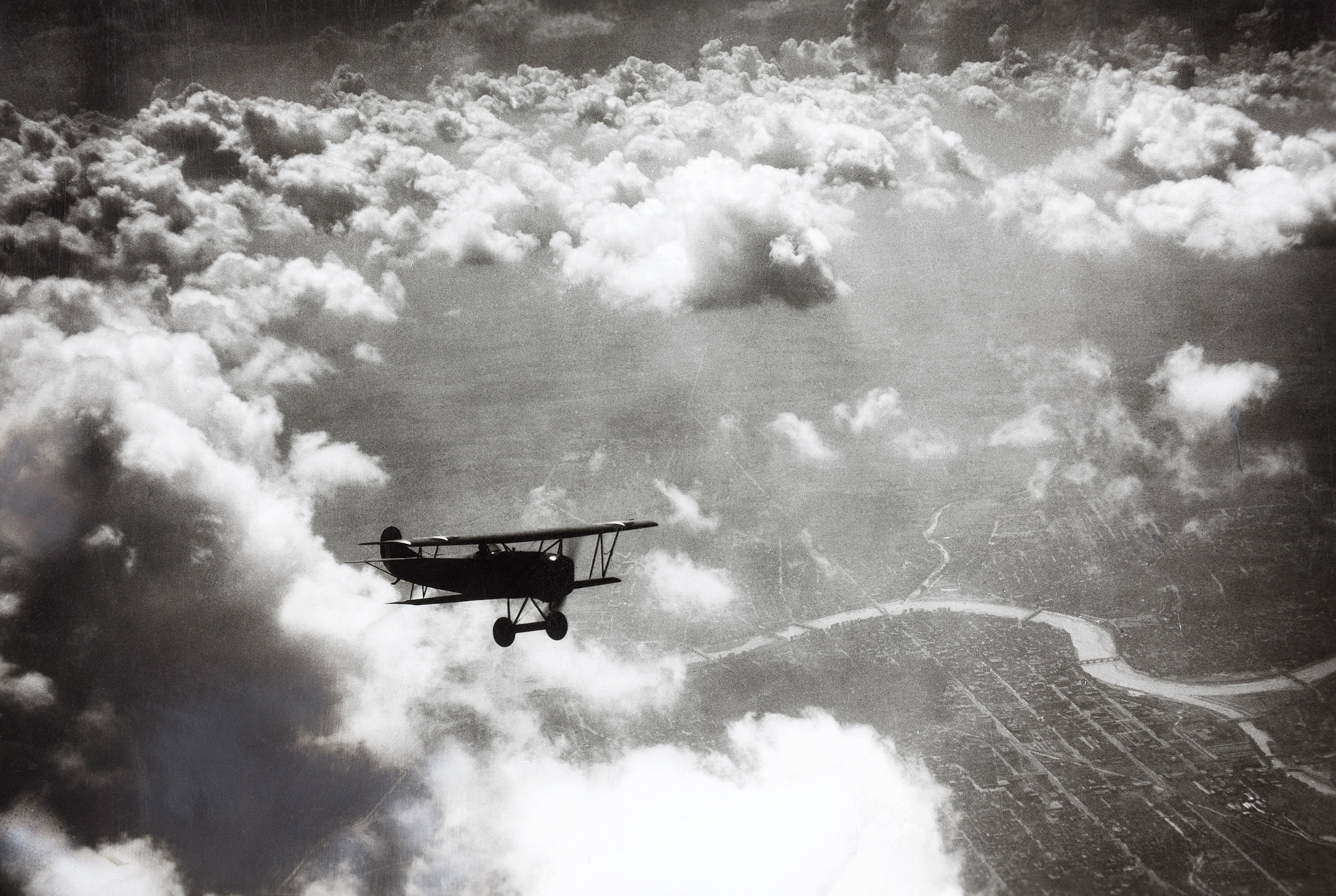
The Surprising Origin of the Phrase 'Flyover Country'
Everyone knows where it is, especially in an election year. But the people who call the heartland "flyover country" aren’t who you think.
The term "flyover country" is often used to derisively refer to the vast swath of America that's not near the Atlantic or Pacific coasts. It sounds like the ultimate putdown to describe places best seen at cruising altitude, the precincts where political and cultural sophisticates visit only when they need to.
But in fact, as a saying, flyover country isn't quite the elitist insult we imagine. And it's not even all that old.
The Oxford English Dictionary’s first citation for flyover country is from 1980, 59 years after “fly-over” was first used to describe an aircraft passing over a place, and about 30 years after the advent of nonstop transcontinental commercial flights. Thomas McGuane began an Esquire article about the landscape painter Russell Chatham with the line: “Because we live in flyover country, we try to figure out what is going on elsewhere by subscribing to magazines.”
Note the “we.” McGuane was born in Michigan and, like Chatham, lived in Montana. “This must have come from the time I worked in movies, an industry that seemed to acknowledge only two places, New York and Los Angeles,” McGuane says when asked how he came to the phrase. “I recall being annoyed that the places I loved in America were places that air travel allowed you to avoid.”
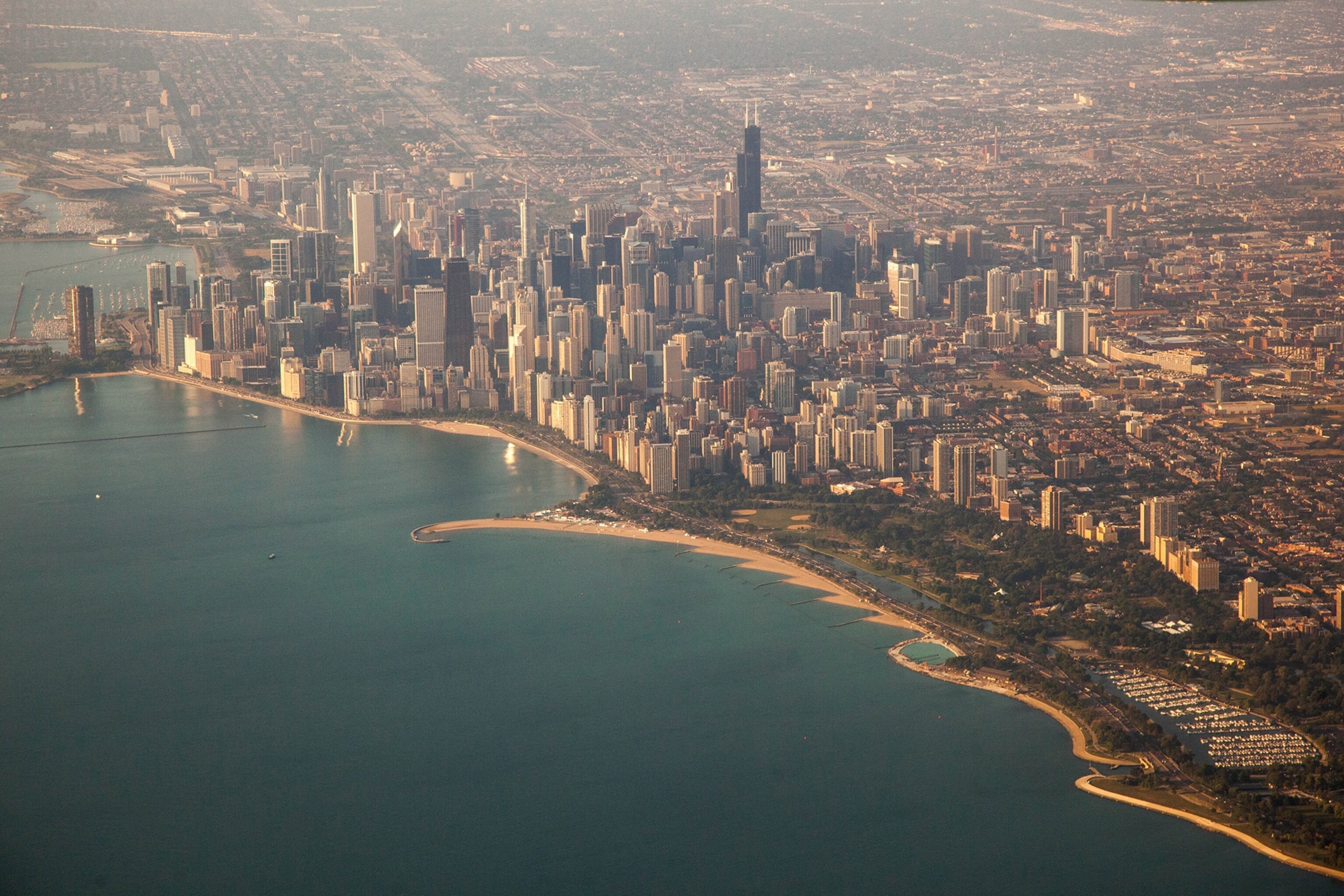
A search through Google’s massive archive of scanned books and periodicals finds that many subsequent occurrences of flyover country come from people who, like McGuane, put the phrase in someone else’s mouth. Rarely is it ever used by a New Yorker or Angelino as a pejorative.
“It’s a stereotype of other people’s stereotypes,” lexicographer Ben Zimmer says. But it’s not as if the stereotypes are entirely imagined. Zimmer says the concept behind flyover country is present in older phrases, like middle America, “which has been used to talk about, geographically, the middle part of the U.S. since 1924, but then also has this idea of not only the geographic middle but the economic and social middle of the country as well, that kind of middle-ness that’s associated with the Midwest.” Another term for the same place, Zimmer notes, is heartland, which is “for people who want to valorize a particular social or political value.”
And the heartland gets a lot of attention when it has votes that can be won. Politicians across the spectrum paint this place as more real than the coasts. This year, Ted Cruz blasted fellow Republican presidential candidate Donald Trump’s “New York values.” And in 2008, vice presidential candidate Sarah Palin quoted columnist Westbrook Pegler’s heartland-boosting line “We grow good people in our small towns.” All this is a way of championing a set of values that is imagined to exist outside of big urban centers. It treats middle America like a time capsule from a simpler era, which, when you consider the Dust Bowl, the circumstances that led to the existence of Rust Belt, and the Civil Rights struggles before and after the Great Migration, never really existed for many people.
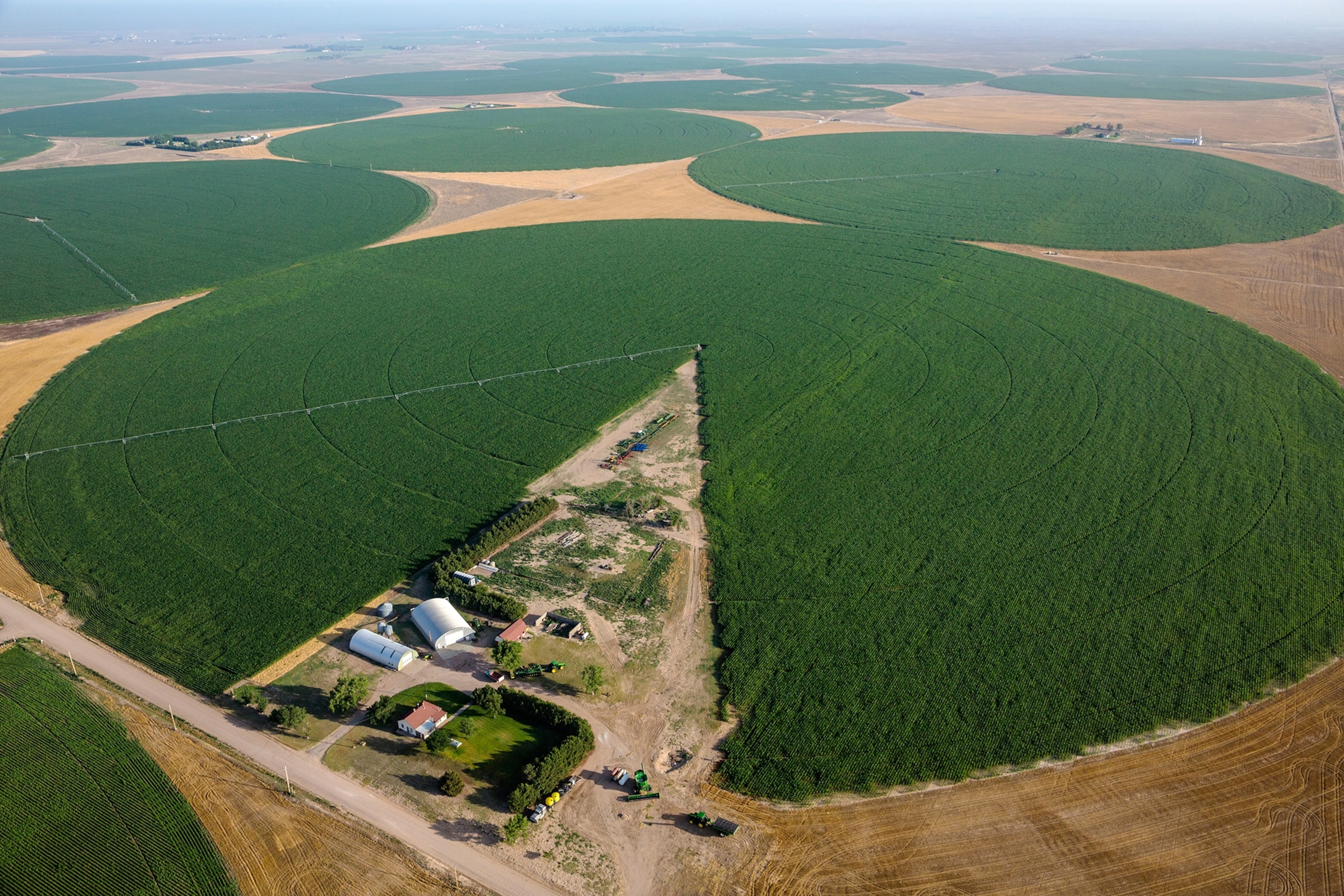
Romanticizing can also read as patronizing for people in the middle of the country.
“You know when you’re being ignored. You know when you’re being looked down on,” says journalist Sarah Kendzior, who grew up in Connecticut, but now lives in Missouri. Kendzior’s 2013 essay “The View From Flyover Country” details how easily outsiders overlook the nuances of the middle of the country. “It’s just ignored as a region unless it’s politically convenient. Unless something happens like a mass protest or a presidential primary, reporters don’t pay attention to it,” she says.
Hence the self-coining of flyover country—it’s a way for Midwesterners (and Southerners and people from the plains and mountains) to define themselves relative to the rest of the country. It’s defensive but self-deprecating, a way of shouting out for attention but also a means for identifying yourself by your home region’s lack of attention. It’s the linguistic nexus of Minnesota nice and Iowa stubborn. This self-identification has become a celebration. The country singer Jason Aldean angrily defended flyover states in a hit single, while indie singer Pokey LaFarge has reveled in his region’s slightly inconvenient time zone. (Both, perhaps, responses to the Talking Heads’ 1978 song “The Big Country,” which is—likely sarcastically—sung from the perspective of a person flying over the heartland.)
Aldean, LaFarge, Kendzior, and McGuane all come from different parts of the middle of the country, but they all belong to the same, self-identified place, a place rooted more in attitude than in soil. As a concept, flyover country can exist almost anywhere in the United States. As a phrase, it’s become almost a dare, a way for Midwesterners to cajole the coastal elites into paying attention to a place they might otherwise overlook. But it’s also a bond for Midwesterners—a way of forging an identity in a place they imagine being mocked for its lack of identity. It’s a response to an affront, real or imagined, and a way to say “Well, maybe we don’t think that much of you, either.”






